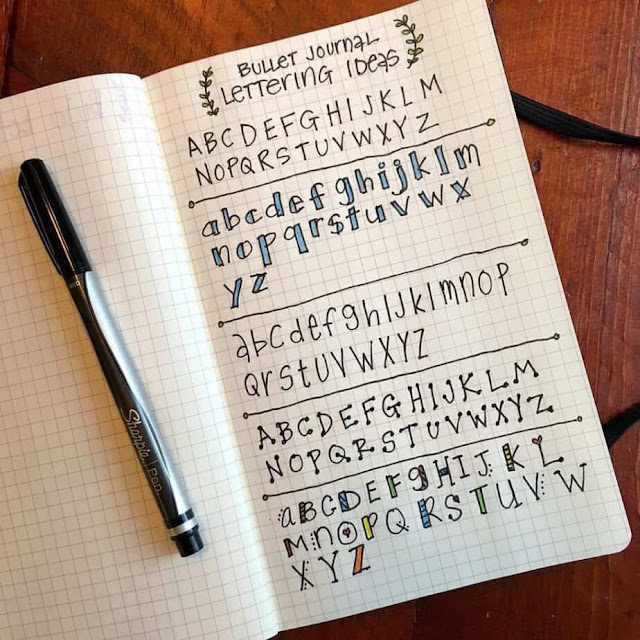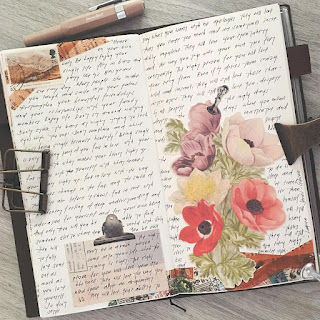I talked about fallen women already here, but we have yet to talk about the shame connected with being an illegitimate child. What happens when it isn't your fault you were born outside of marriage? Let's find out.
 |
| Photo by legalnaija.com |
First of all, you couldn't inherit any title or anything. Daughter of a duke? Means nothing. No status or inheritance for you. Basically, you would be a dirty secret that got swept under the rug by most people. Even if you didn't have a parent with a title it was bad. You represented the sin of your mother. Some women ditched their children at churches in the area in order to spare themselves shame. Some even killed their own children. The term for an illegitimate child is still in use today as an insult - bastard. At this point in time, you do not have to endure abuse for being born out of wedlock (thankfully for many children), but it has not always been so.
Society's Flawed View
The father was considered the leader of the household. Without the man of the house, it was thought that illegitimate children on the street became criminals. Often, a woman with an illegitimate child was not given aid (as established in my blog on poorhouses) due to her immoral reputation. Again, the child was proof of her sin at that time. The woman and child ended up on the streets without help in many cases, thus the possibility of turning to crime was high for both mother and child. In my opinion, this was more of a problem society created, but society at that time thought immoral people shouldn't be given extra help. In summary, it wasn't your fault and now no one will help your mother, thus you get punished for being born. Your reputation is mud already.
In wealthy families you might be sent off to be a skeleton in a closet metaphorically. One Bridgerton novel covers this. The mother dropped her off to be a ward of the father, who cared for her rather well, but kept her origin a secret. Is that better than the streets? Yes, but if anyone finds out your origin you are still mud. Rich families had plenty of these secrets going around. You could also be given up for adoption, which was probably better than the streets, too. Mistresses had children, just like other women, and some families did care for the illegitimate children that came from them. Skeletons in closet secrets are often illegitimate children.
How do you know?
How could you tell in historical documents that someone was illegitimate? The lack of a father's name on a marriage or birth certificate. Easy as pie. Age is also a sign in census records. Sometimes grandparents got the child. If the youngest child has a whole lot of older siblings and the age of parents is a little older you can figure it out. The church baptism certificate might also straight up say "bastard" on it. Yep, it's mean, but they sometimes put it bluntly. When looking for the father of a child, check to see if the household servants are connected or the mother married the father shortly after (thus step-father is the biological father). Poor law records and parish records might actually tell you who the father is. Earlier illegitimate children were cared for by the church, which took care of poorhouses and workhouses.
 |
| A woman drops her child off as a "foundling" Photo by BBC history |
Lies breed stories that don't make sense. People will hide family history for various reasons. If you had an ancestor that was illegitimate you might find this out real quick. Be tactful if you look into that bit of family tree. Aside from the records, a story might not make sense and your common sense might tell you someone lied. Did someone pass off a child as a sibling when they weren't? Did someone disappear to a nursing home and come back with a weird depression? If someone was a foundling, you might have a real clear clue. Believe it or not, women killed their children out of shame, too.
Strangely, the law still has some weirdness for illegitimate children. Click here for details. It is a bit complicated. I'll let you look at the link in this paragraph. Laws change. Back when there wasn't equal protection men were not entitled to help the child. The child was no one's child because legally a man's child was his property and not the mother's property. Which was terrible.
Famous illegitimates
 |
| Leonardo Da Vinci - Photo by discoverwalks.com |
Sources:
https://www.theguardian.com/news/2007/apr/14/guardianspecial4.guardianspecial215
https://www.hg.org/legal-articles/inheritance-rights-for-legitimate-and-illegitimate-children-47186
https://www.sciencedirect.com/topics/social-sciences/illegitimate-child
https://www.whodoyouthinkyouaremagazine.com/tutorials/illegitimate-ancestors/
https://www.nature.com/articles/146298b0
Big Bastards: 10 of History’s Most Influential Illegitimate Children (historycollection.com)
















